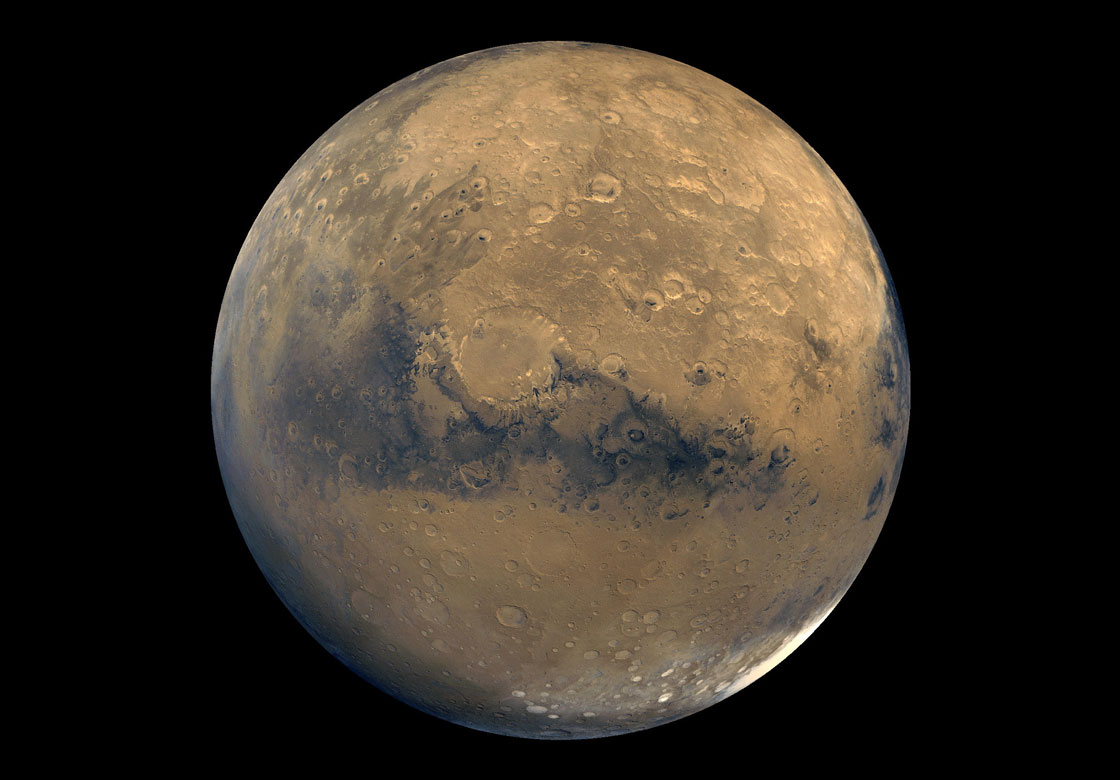TORONTO – What type of gas does Marvin the Martian generate?

Well, it’s not methane.
On Thursday, NASA confirmed that the Mars Science Laboratory, better known as Curiosity, found no evidence of methane on the Red Planet.
Methane, given off by living organisms on Earth, is considered to be a potential sign of life.
Read: One year after Curiosity lands on Mars, Canadian scientists still on the job
The fact that there’s no methane came as a surprise to scientists: earlier data collected by Earth-bound observations and satellite orbiting Mars, had indicated that there was a relative high concentration in the Martian atmosphere, giving hope to those looking for life on the planet. In fact, it concluded that there was up to 45 parts per billion. Curiosity found none.
The search for life on Mars has been ongoing since Percival Lowell spotted what he thought to be Martian-made canals across the Red Planet. Since then, idea of alien life coming from Mars has fascinated humanity.
The fascination also comes from the fact that Mars is relatively close to Earth, and quite similar in size and is a rocky planet like our own.
Based on the sensitivity of the instrument, called the Tunable Laser Spectrometer, which is part of the Sample Analysis at Mars (SAM) laboratory, scientists concluded that there may still be some, but no more than 1.3 parts per billion – one-sixth of the earlier estimations.
“It would have been exciting to find methane, but we have high confidence in our measurements, and the progress in expanding knowledge is what’s really important,” said the report’s lead author, Chris Webster of NASA’s Jet Propulsion Laboratory in Pasadena, Calif. “We measured repeatedly from Martian spring to late summer, but with no detection of methane.”
However, just because no methane has been detected doesn’t necessarily mean there’s no life at all.
“This important result will help direct our efforts to examine the possibility of life on Mars,” said Michael Meyer, NASA’s lead scientist for Mars exploration. “It reduces the probability of current methane-producing Martian microbes, but this addresses only one type of microbial metabolism. As we know, there are many types of terrestrial microbes that don’t generate methane.”
Curiosity analyzed samples of the Martian atmosphere six times from October 2012 to June 2013.
The team will tune the instrument to detect trace amounts of methane for concentrations below 1 part per billion.



Comments